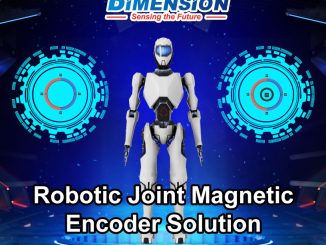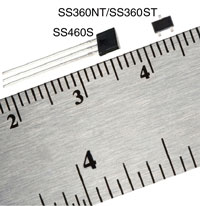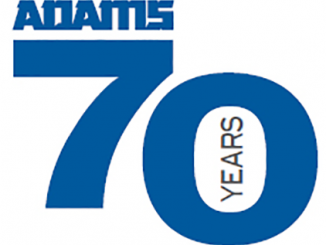
Using high-sensitivity magnetoresistive sensors from TDK Corporation, a collaborative effort at a leading medical science center has succeeded in what the parties report is the world’s first real-time measurement of magnetic field distribution, known as the biomagnetic field, in the human heart.
The breakthrough was jointly announced in March by Shigenao Ishiguro, president of TDK, and two researchers at Tokyo Medical & Dental University (TDMU): Professor Shigenori Kawabata with the Joint Research Department of Advanced Medical Technology; and Professor Kenzo Hirao, a specialist in cardiac electrophysiology at the Graduate School of Medical and Dental Sciences.
In 2016, the collaboration produced the world’s first visualization of cardiac magnetic field distribution, using a magnetoresistive sensor array at room temperature. Since then TDK and TMDU have been working on the development of more accurate magnetic sensors as well as a measuring device to replace the existing superconducting quantum interference device (SQUID) sensors.
Now, through TDK’s advanced magnetic sensor technology, they have developed magnetic sensors featuring even greater sensitivity, resulting in the world’s first successful real-time measurement of the cardiac magnetic field distribution. The biomagnetic field is composed of magnetic fields generated by the electrical activity of living organisms. It is observed in organs such as the heart, brain, nerves and muscles.
Because the technology also facilitates measurement through the parallel connection of multiple room-temperature sensors and allows for higher-density measurement, the team has been able to develop a measuring device that enables measurement on two planes, considered optimal for measuring cardiac activity.
The device features a magnetic sensor array in an L-shaped planar configuration designed to collect magnetocardiography signals from both anterior and lateral chest walls of sitting subjects. The array was composed of 95 magnetoresistive-device-based magnetic sensors from TDK.
Next, the group plans to conduct verification tests and continue development efforts for practical application of the device. They also credited the Kanazawa Institute of Technology for providing technical support.
For more info, see www.global.tdk.com and www.tmd.ac.jp.



